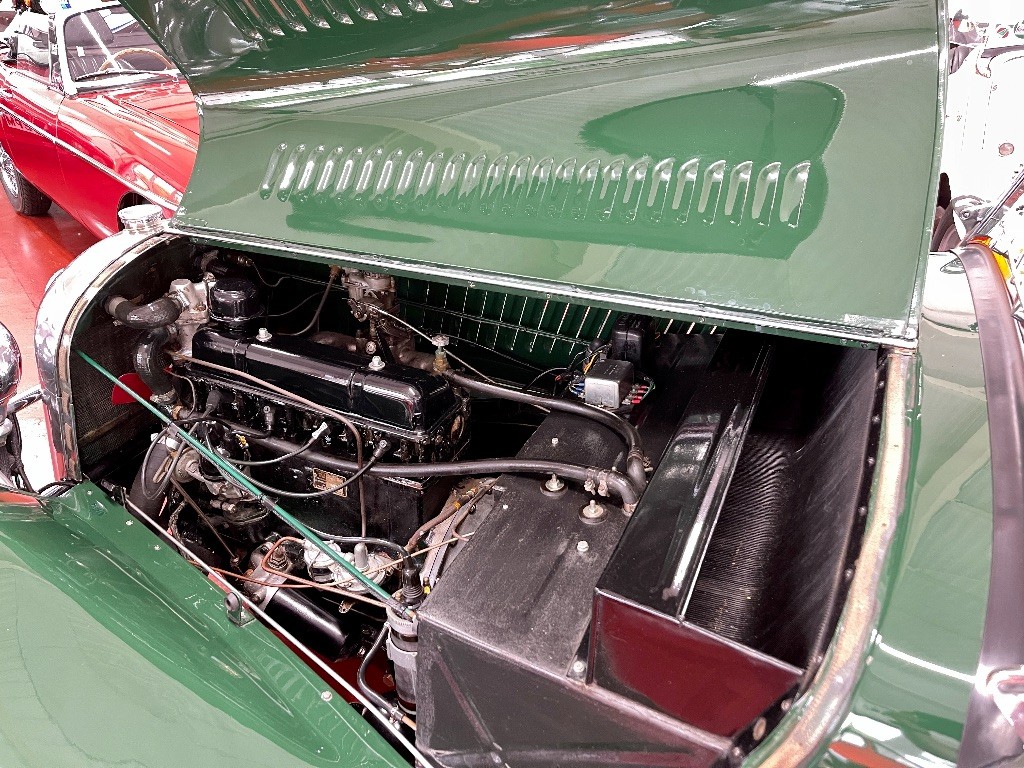The History and Purpose of Car Alternators: The Timeline !
Car alternators, though often overlooked, are crucial components in modern automobiles, supplying electrical energy and keeping your vehicle’s battery charged. Let’s explore the evolution of this essential device, from its beginnings to today’s advanced systems.
What Does a Car Alternator Do?
An alternator converts mechanical energy from the engine into electrical energy. It powers your car’s electrical systems like headlights, infotainment systems, and air conditioning and recharges the battery while the engine runs.

Early Days: The Dynamo Era (Late 1800s – 1950s)
Initially, cars relied on dynamos, or DC generators. Dynamos, though functional, had limitations:
- Inefficient at lower engine speeds
- Heavier and less reliable
- Struggled to keep up with the rising electrical demands of vehicles

The Birth of Alternators (1950s – 1960s)
The rise of alternators began in the 1950s, driven by the growing electrical needs of cars. Chrysler notably introduced alternators in their Imperial model in 1954. By the 1960s, alternators had become standard due to:
- Increased efficiency at various speeds
- Higher reliability and longevity
- Better performance to support more advanced electrical equipment
Refinement with Electronics (1970s – 1980s)
Alternators evolved further with electronic voltage regulators replacing mechanical versions, significantly improving voltage stability and battery lifespan. Cars now featured more electronics such as fuel injection systems and advanced dashboard components, necessitating better power management.

Modernization and Power Boost (1990s – 2000s)
In this era, alternators became compact yet more powerful, handling sophisticated vehicle electronics, including onboard computers, GPS, and multimedia systems. Smart charging technology emerged, adapting power output dynamically based on vehicle conditions and energy demands, thus enhancing fuel efficiency.

Current Trends: Efficiency and Hybrid Integration (2010 – Present)
Today’s alternators are integrated into complex systems, supporting start-stop technology, regenerative braking, and mild hybrid setups. These advanced alternators maximize efficiency, reduce emissions, and adapt to modern hybrid vehicles’ specific demands.
Electric vehicles (EVs), interestingly, do not use traditional alternators, opting instead for dedicated high-voltage systems to manage energy flow.
Conclusion: An Unsung Hero
From humble dynamos to sophisticated alternators, automotive electrical generation has significantly evolved. While drivers might rarely notice them, alternators remain vital, quietly ensuring that every electrical component in your vehicle functions flawlessly.


